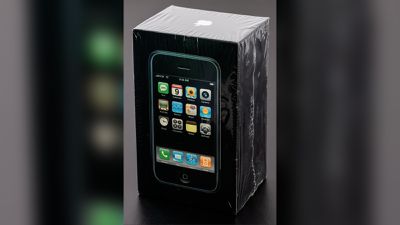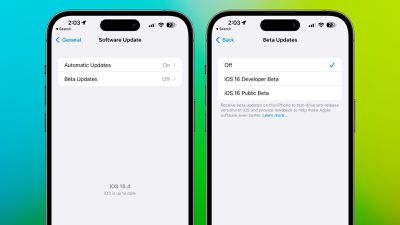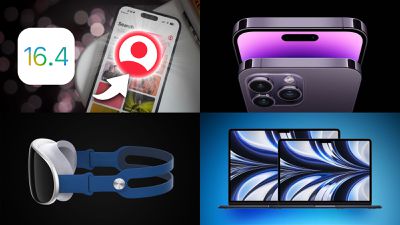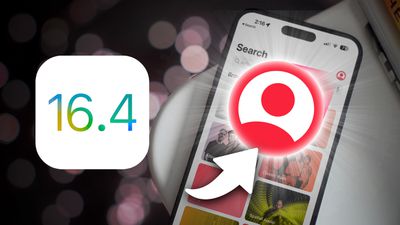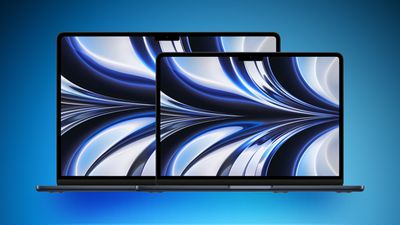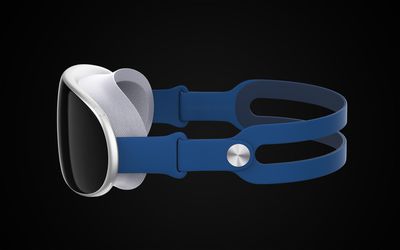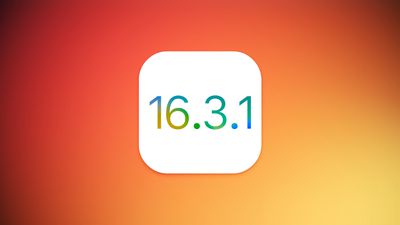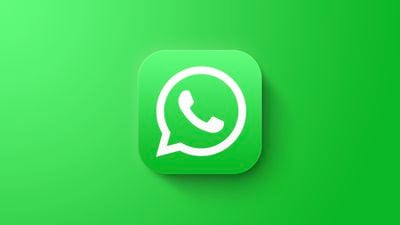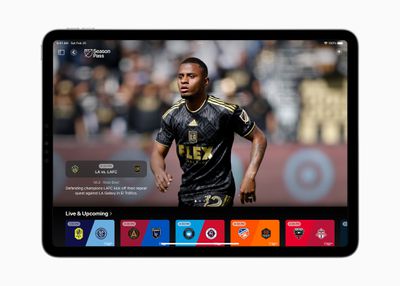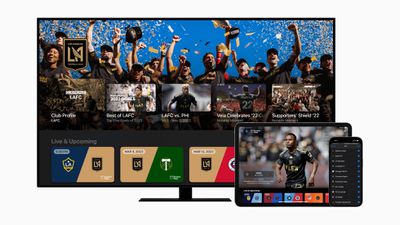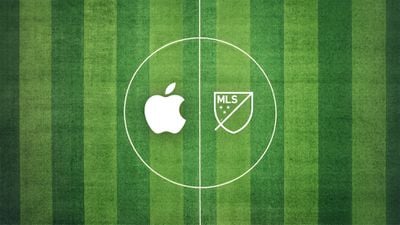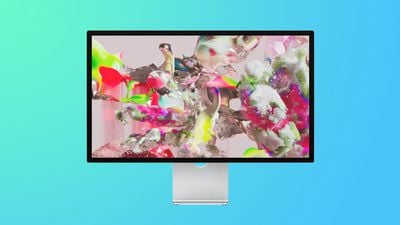Following leaks earlier this month, Apple's Beats by Dre brand is today announcing three new colors of its popular Beats Fit Pro earphones: Tidal Blue, Volt Yellow, and Coral Pink. Originally launched in late 2021, Beats Fit Pro are an alternative to Apple's AirPods Pro which offer many of the same features such as active noise cancelation (ANC) and an H1 chip for Apple-specific features like "Hey Siri" and Find My support and automatic device switching, but in a more fitness-focused design.
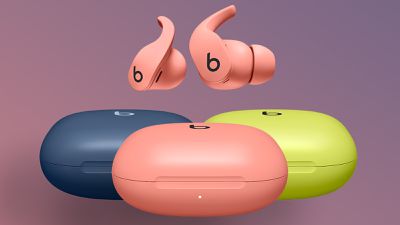
As part of the refreshed color launch coming this Thursday, February 23, Beats is debuting a new "LOCK IN. WORK OUT." marketing campaign featuring singer/songwriter Chlöe Bailey and tennis player Frances Tiafoe.
Rather than the iconic stems of AirPods, Beats Fit Pro offer a lower-profile look that emphasizes an in-ear design but includes flexible wingtips on top for increased stability. With no stems for force sensors like on AirPods and AirPods Pro, Beats Fit Pro controls are on the main body of each earbud with essentially the entire outer surface of each bud being a clickable button with the "b" Beats logo on it.
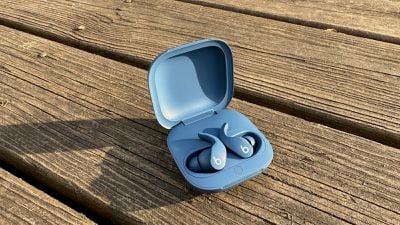
The onboard buttons offer the standard set of audio controls, with a single press allowing for play/pause for audio or answer/hang up for phone calls. A double press skips forward to the next audio track, while a triple press skips backward.
Each earbud also supports a press-and-hold function that can be configured independently for each side, such as using one side to activate Siri if you don't wish to use the "Hey Siri" trigger phrase and the other side to cycle through listening modes (ANC, Transparency, and off). Alternatively the press-and-hold function can be used for onboard volume control with one bud raising the volume and the other lowering it.
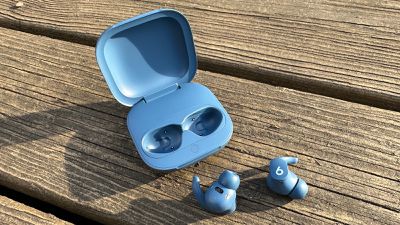
Battery life for Beats Fit Pro checks in at around six hours with ANC or Transparency mode turned on and up to seven hours with those features turned off. The USB-C charging case lets you carry another 21 hours of battery life with you.
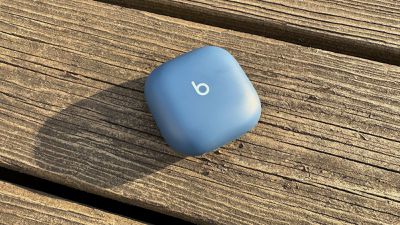
Overall, Beats Fit Pro have proven very popular with users, as many find the buds more comfortable to wear than AirPods Pro, especially when working out or otherwise being active, and they offer solid sound quality and ANC. For more on Beats Fit Pro, be sure to check out our original hands-on coverage.
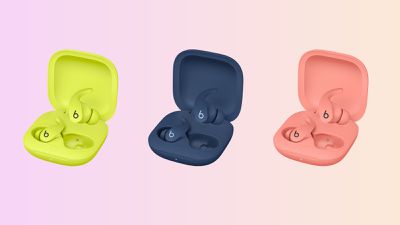
Offered at the same $199.99 pricing as other colors, the three new Beats Fit Pro colors join the existing Stone Purple, Sage Gray, Beats White, and Beats Black options that were part of the original launch, as well as the neutral skin-tone Moon, Dune, and Earth colors launched last August in collaboration with Kim Kardashian. Orders placed through Apple can be personalized with free engraving on the charging case.


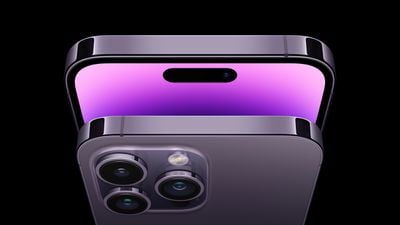
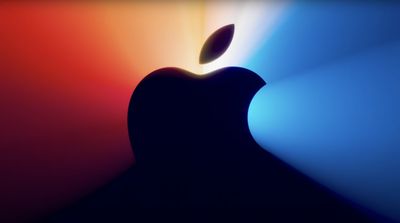
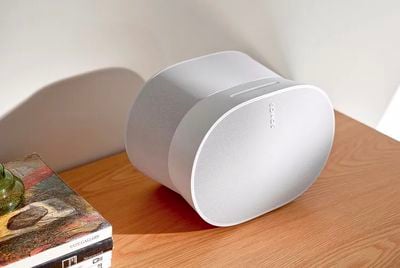

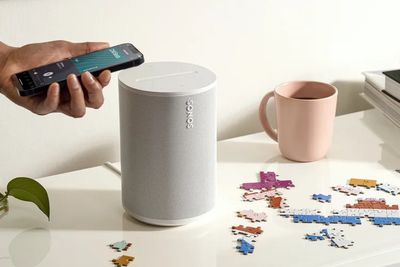
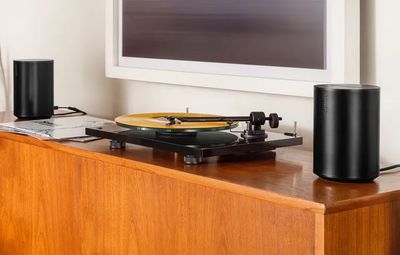
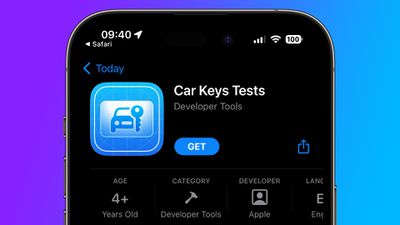
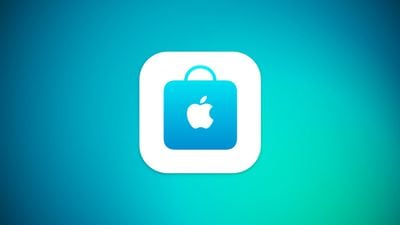
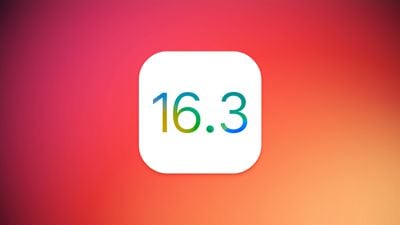
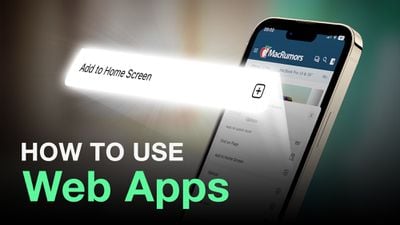
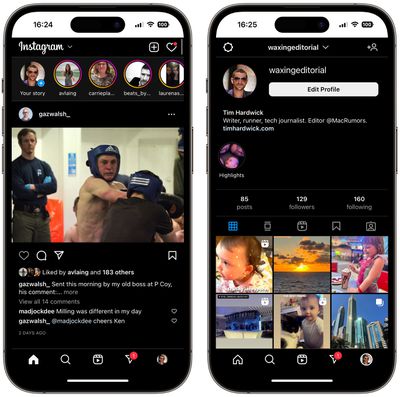
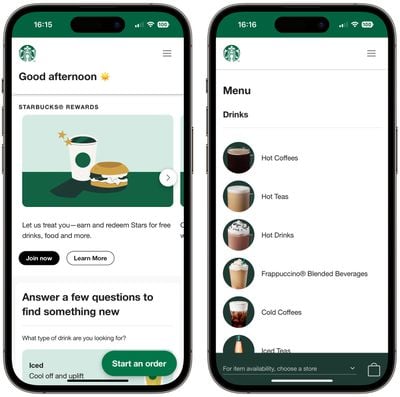
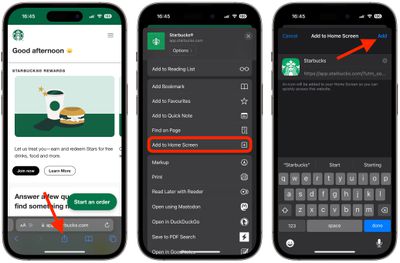
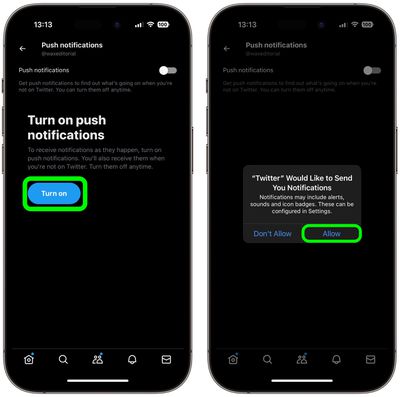
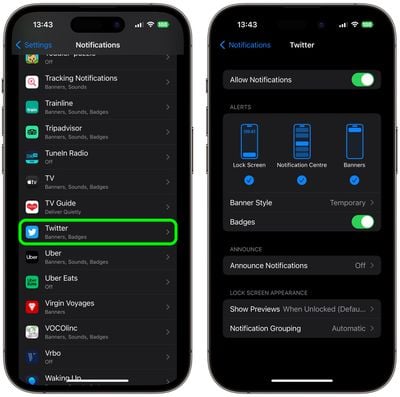
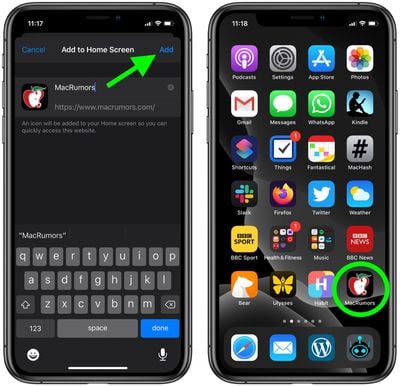
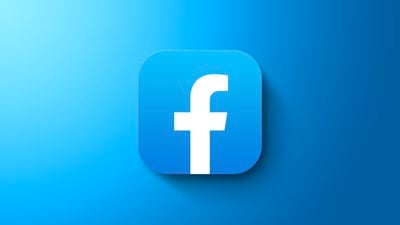
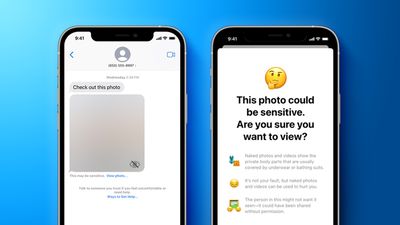
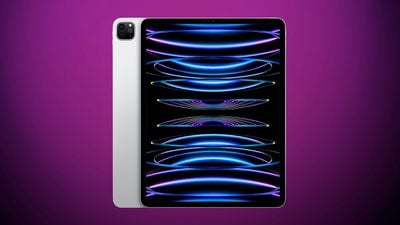 Note: MacRumors is an affiliate partner with Amazon. When you click a link and make a purchase, we may receive a small payment, which helps us keep the site running.
Note: MacRumors is an affiliate partner with Amazon. When you click a link and make a purchase, we may receive a small payment, which helps us keep the site running.